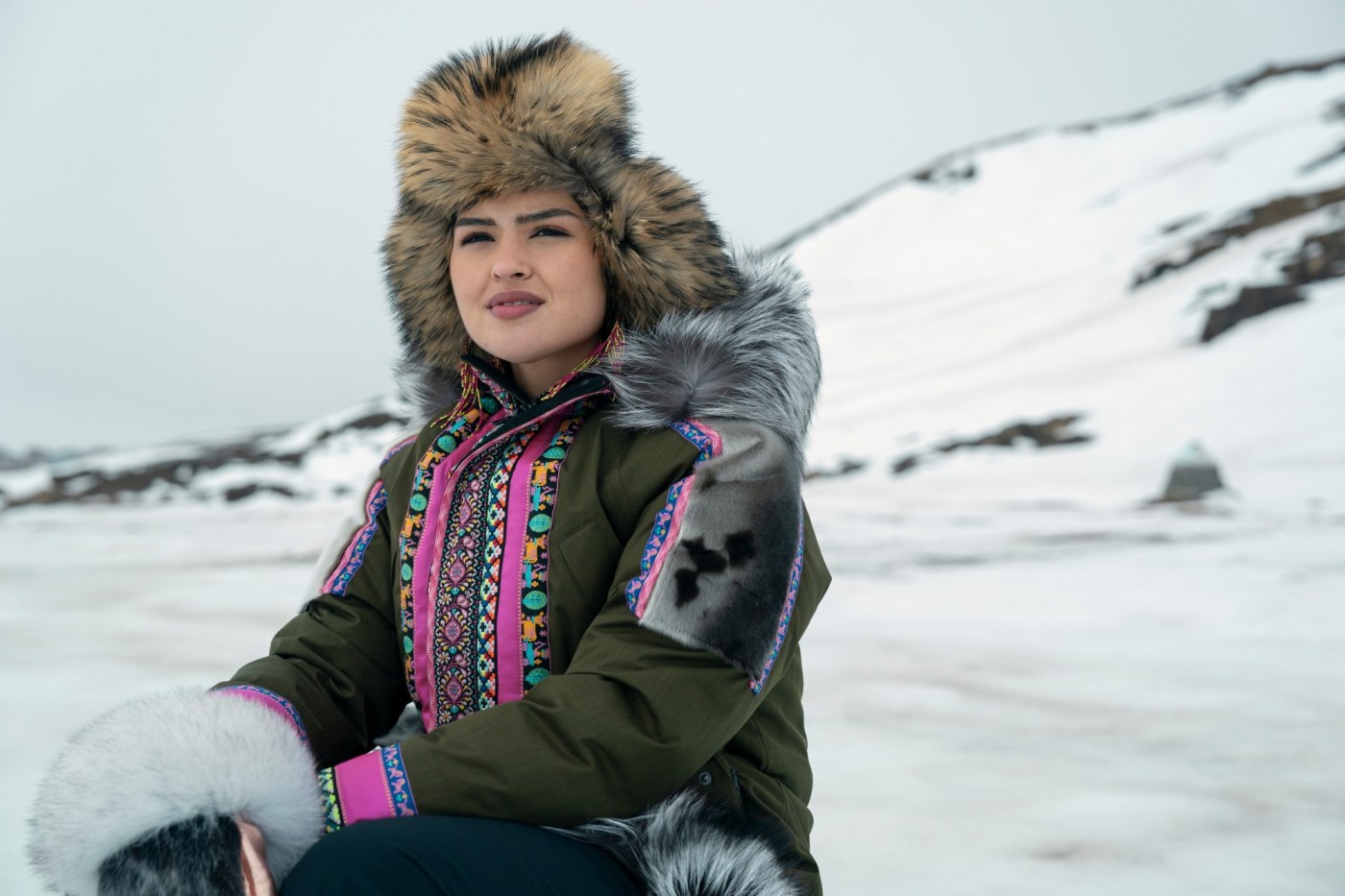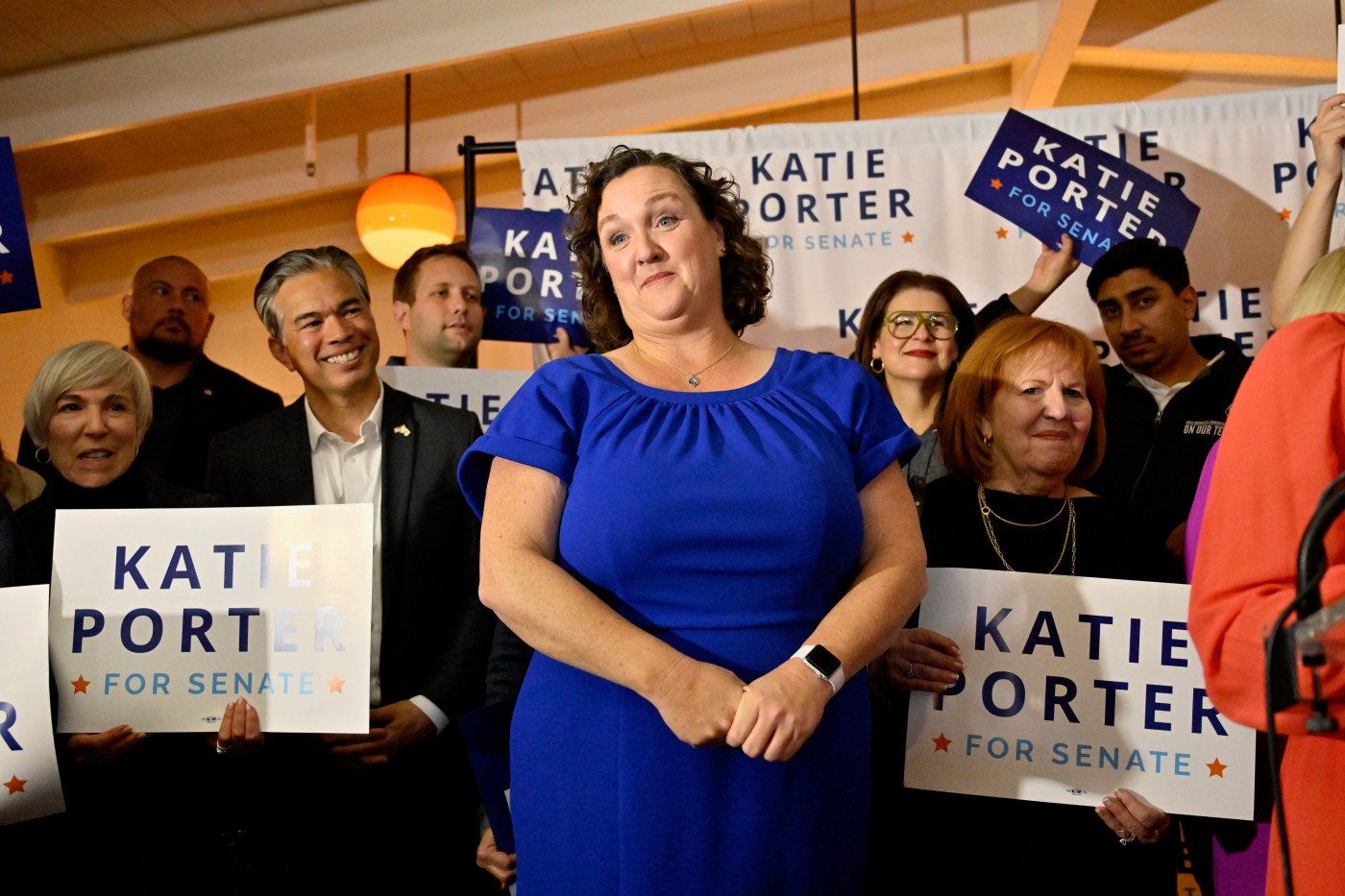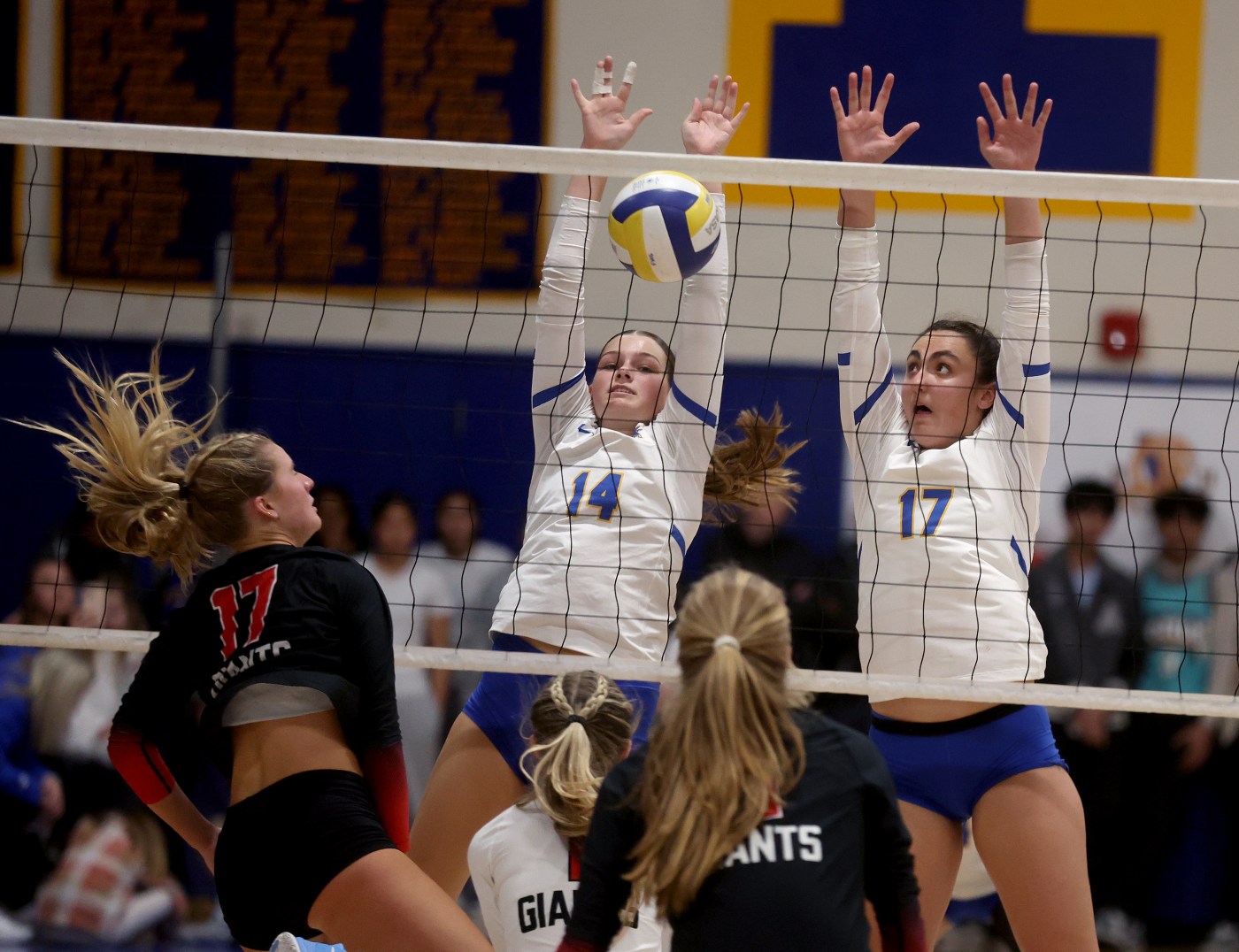Alethea Arnaquq-Baril has been awarded the Canadian Meritorious Service Cross for her serious film work, directing documentaries like “Angry Inuk” and producing feature films like “The Grizzlies” that explore the life of the Inuit people. As a producer, she has frequently collaborated with her good friend Stacey Aglok MacDonald on dramatic movies. But Aglok MacDonald also has a background in comedy, spending years on an Inuk language comedy for Aboriginal People’s Television Network.
So when asked how they ended up creating a sitcom set in a fictional Arctic town, “North by North” (Netflix, April 10), Arnaquq-Baril quipped, “It’s Stacey’s fault.”
The duo, along with producing partner Miranda de Pencier, were batting around projects to collaborate on, from feature films to crime dramas, when Aglok MacDonald pitched the comedy series about a young woman in a tiny Arctic community trying to figure her life out.
The 8-episode first season stars Anna Lambe (“True Detective: Night Country”) as Siaja, who alienates much of the community when she publicly leaves her hometown-hero husband; Maika Harper as Neevee, her equally combative and supportive mother; and Mary Lynn Rajskub as the boss at the community center, where Siaja lands a job while trying to start over.
Arnaquq-Baril was fully on board with the project but just wanted to be a producer. “They said I needed to be a writer,” she recalls. “I said, ‘I’m a terribly serious documentary filmmaker. There’s no way I can write comedy.’”
Related Articles
CBS Bay Area named local broadcast partner of Golden State Valkyries
Olivia Munn pans ‘gluttonous’ Gayle King, Katy Perry for Bezos space flight
What to watch: Set sail to ‘Wallis Island,’ you’ll be glad you did
Remembering Val Kilmer — where to watch his best films
Katy Perry, Gayle King slammed for feminist spin on Bezos space flight
But Aglok MacDonald, who knew her friend was funny in real life, persisted, and Arnaquq-Baril is grateful. “I fell in love with the writing process, having a world at your fingertips and building something out of endless options, playing God and telling people what to say.”
This interview has been edited for length and clarity.
Q. In the series, Siaja explains to her White boss that salt ruins sealskin boots because they’re not chemically treated and we see her daughter hunting, which is an essential part of the culture even for kids. How crucial were those details?
Arnaquq-Baril: It was so important for it to feel authentic. It’s a fictional show, but so many storylines come from seeds of real-life things that happened. But no matter how outlandish or fictional a storyline might be, we want it to feel real, for Inuit to watch it and to feel seen and to have it feel true. We’ve seen thousands of documentaries about us, and when we watch them, we think, “That’s not true. That’s not real” or “That’s not the only thing about us.”
Q. Was it challenging to balance all the authentic details with the character and comedy?
Aglok MacDonald: It’s definitely been a balancing act. There’ve been times where we’ve written from such an inward perspective that we turn in an outline and our networks have no clue what we’re talking about because there’s so much context that you need to know. We want to be ourselves onscreen and sometimes it’s tempting to put more in, but we’re not necessarily here to educate. We want the world to be alongside us, so we have to pull back a little and seed all that in over the course of the season.
Q. Speaking of balance, what about switching between comedy and drama? Siaja’s character and her interactions are frequently funny and lighthearted, but her mother has struggled with alcoholism and Siaja’s husband gaslights her.
Aglok MacDonald: It’s a dance sometimes. We’ve written scenes that were too dark and said, “Let’s pull back and see where it lands,” but we pull back too far and it becomes nothing. So we try to find that exact right zone. We want a show that’s joyful and feels good, but we’re not a utopian world, and we didn’t want to shy away from real things that affect our families and communities, like traumas or abusive relationships.
Arnaquq-Baril: The show is based on these different characters, and we have a lot of leeway to touch on different things while keeping it personal and funny. We’ve learned how far we can push it.
Q. There’s also this tension because Helen and the researcher, Alistair, whose project could bring jobs and wealth, are both White. They’re good people and Helen is part of the community, but there’s a tension there. How do you walk that line?
Arnaquq-Baril: In the Arctic, most communities have a population that’s majority Inuit, so the White folks in charge are in the minority – that’s a dynamic the majority of North Americans are not accustomed to. They’re not villains, but we’re highlighting that even the best of White folks that come into the Arctic have to contend with these dynamics. We ask the question, “How do you walk through a space like this as a White person?”
These are real things, and we know people like this in our communities, but we try to get it to the sweet spot where there’s comedy coming from the characters themselves.
Aglok MacDonald: When we were talking to people early on, they’d say, ‘Helen is a Karen,’ but we’d say, no, no, no. She is not a Karen, she is a Helen. It’s not a simple thing where she’s spiteful or mean or racist; she is so entrenched in the community and has an Inuit husband. She’s not like the people who come in and out of the Arctic; there are so many people who settle down and make this place their home, raising their half-Inuit children here.
They love the Inuit and this community and are trying to make this a better place, but there’s some blindness about when it’s appropriate to step back and make space for other people to step in and have a voice in and some power in the community as well. So it’s complicated and nuanced.
Q. There’s a lot of music, from current pop songs to Canada’s own Alanis Morissette to an Inuk version of Cyndi Lauper’s “Time After Time.” Was that a central idea from the beginning?
Algok MacDonald: We knew what we wanted right from the start. We wrote episode one opening with Beyoncé although it ended up being Britney, but we wanted to be firmly rooted in this world and time and space. And even before we made this show, we had dreamed about someday having a film or TV show with pop songs translated and sung in Inuk.
Arnaquq-Baril: We wanted modern pop but also vintage stuff because we really wanted to show that our community is current, that we exist right now, but also that we’ve always connected to the rest of the world, whether they realized it or not.





